Filter by
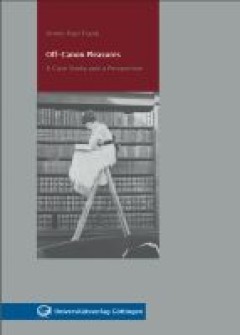
Off-Canon pleasures : A case study and a perspective
The inclusion of works in a canonical list creates a large body of exclusions. But among these neglected works there are not a few that nevertheless are worth reading. Literary worth is not necessarily aesthetic impeccability. A literary work recommends itself by a high degree of artistic achievement with elbowroom for historical importance. The present study focuses on Leo Rosten’s immigrati…
- Edition
- -
- ISBN/ISSN
- 9783941875951
- Collation
- -
- Series Title
- -
- Call Number
- 813 FRA o
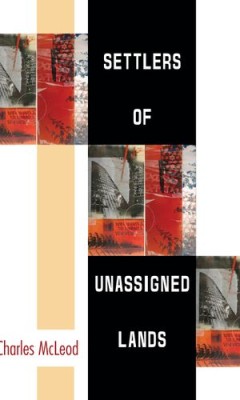
Settlers of Unassigned Lands
In these seven stories spanning the Midwest to California, Charles McLeod brings us characters estranged from their homelands and locked in conflict with their past and present selves. In “How to Start Your Own Midwestern Ghost Town,” an unnamed narrator hatches a plan to capitalize on rural decay. A porn star trying to transition to the mainstream does an interview with a German reporter i…
- Edition
- -
- ISBN/ISSN
- 9780472900183
- Collation
- -
- Series Title
- -
- Call Number
- 823 MCL s

writing spaces : readings on writing spaces volume 1
Writing Spaces: Readings on Writing offer multiple perspectives on a wide-range of topics about writing, much like the model made famous by Wendy Bishop’s “The Subject Is . . .” series. In each chapter, authors present their unique views, insights, and strategies for writing by addressing the undergraduate reader directly. Drawing on their own experiences, these teachers-as-writers invite…
- Edition
- 1
- ISBN/ISSN
- 978-1-60235-185-1
- Collation
- -
- Series Title
- -
- Call Number
- 808
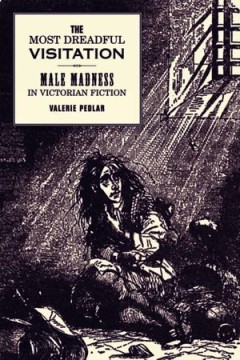
The Most Dreadful Visitation : Male Madness in Victorian Fiction
Victorian literature is rife with scenes of madness, with mental disorder functioning as everything from a simple plot device to a commentary on the foundations of Victorian society. But while madness in Victorian fiction has been much studied, most scholarship has focused on the portrayal of madness in women; male mental disorder in the period has suffered comparative neglect. In ‘The Most D…
- Edition
- -
- ISBN/ISSN
- -
- Collation
- -
- Series Title
- Liverpool English Texts and Studies
- Call Number
- 808.83
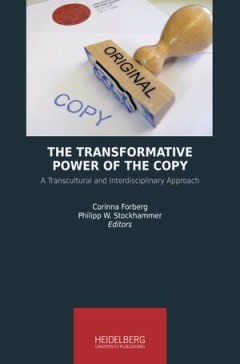
The Transformative Power of the Copy : A Transcultural and Interdisciplinary …
This volume offers a fresh perspective on the copy and the practice of copying, two topics that, while the focus of much academic discussion in recent decades, have been underrepresented in the discourse on transculturality. Here, experts from a wide range of academic disciplines present their views on the copy from a transcultural perspective, seeking not to define the copy uniformly, but to r…
- Edition
- -
- ISBN/ISSN
- 9783946054146
- Collation
- -
- Series Title
- -
- Call Number
- 808.9 FOR t

Phenomenology in a New Key: Between Analysis and History; Essays in Honor of …
Hubungan erat antara persahabatan dan percakapan yang meningkat kita ketahui dari buku kesembilan Etika Nicomachean Aristoteles. Dengan seorang teman yang baik, seseorang menjadi dirinya sendiri dengan nyaman, menikmati kekerabatan dalam cinta akan apa yang terbaik, dan merasa terpanggil untuk meningkatkan semua kebajikan. Mereka yang mengenal Richard Cobb-Stevens cenderung pertama-tama memikir…
- Edition
- Vol. 72
- ISBN/ISSN
- 978-3-319-02018-1
- Collation
- -
- Series Title
- Contributions to Phenomenology (CTPH)
- Call Number
- 809.4 JEF p
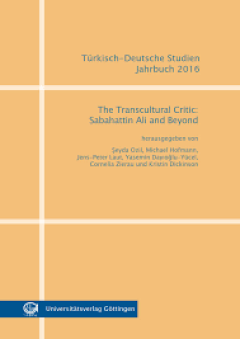
The Transcultural Critic : Sabahattin Ali and Beyond
The central theme of this volume is the work of Sabahattin Ali, the Turkish author and translator from German into Turkish who achieved posthumous success with his novel Kürk Mantolu Madonna (The Madonna in the Fur Coat). Our contributors analyze this novel, which takes place largely in Germany, and several other texts by Ali in the context of world literature, (cultural) translation, and inte…
- Edition
- -
- ISBN/ISSN
- 9783863952976
- Collation
- -
- Series Title
- -
- Call Number
- 800 TRA
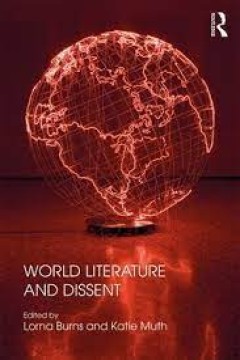
World Literature and Dissent
World Literature and Dissent reconsiders the role of dissent in contemporary global literature. Bringing together scholars of world and postcolonial literatures, the contributors explore the aesthetics of resistance through concepts including the epistemology of ignorance, the rhetoric of innocence, the subversion of paying attention, and the radical potential of everydayness. Add…
- Edition
- -
- ISBN/ISSN
- 9781351357715
- Collation
- -
- Series Title
- -
- Call Number
- 800 WOR
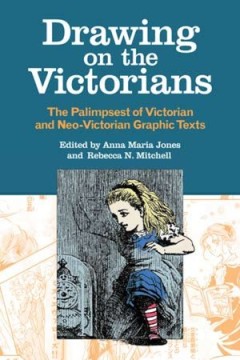
Drawing on the Victorians : The Palimpsest of Victorian and Neo-Victorian Gra…
Late 19th-century Britain experienced an explosion of visual print culture and a simultaneous rise in literacy across social classes. New printing technologies facilitated quick and cheap dissemination of images—illustrated books, periodicals, cartoons, comics, and ephemera—to a mass readership. This Victorian visual turn prefigured the present-day impact of the Internet on how images are p…
- Edition
- -
- ISBN/ISSN
- 9780821422472
- Collation
- -
- Series Title
- -
- Call Number
- 800 DRA
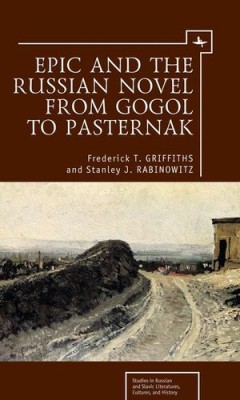
Epic and the Russian Novel from Gogol to Pasternak
"Epic and the Russian Novel from Gogol to Pasternak examines the origin of the nineteen- century Russian novel and challenges the Lukács-Bakhtin theory of epic. By removing the Russian novel from its European context, the authors reveal that it developed as a means of reconnecting the narrative form with its origins in classical and Christian epic in a way that expressed the Russian desire to …
- Edition
- -
- ISBN/ISSN
- 9781618116826
- Collation
- -
- Series Title
- -
- Call Number
- 800 GRI e
 Computer Science, Information & General Works
Computer Science, Information & General Works  Philosophy & Psychology
Philosophy & Psychology  Religion
Religion  Social Sciences
Social Sciences  Language
Language  Pure Science
Pure Science  Applied Sciences
Applied Sciences  Art & Recreation
Art & Recreation  Literature
Literature  History & Geography
History & Geography